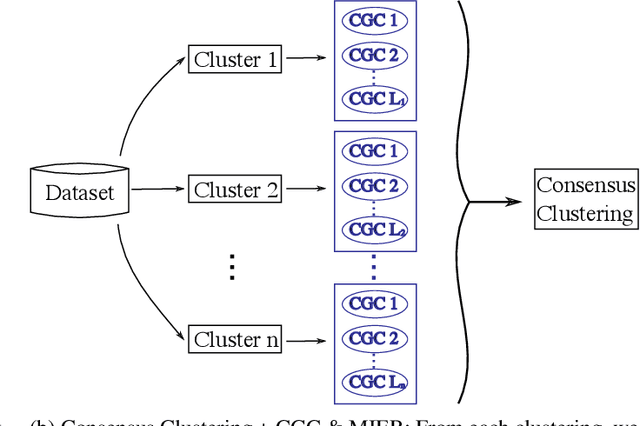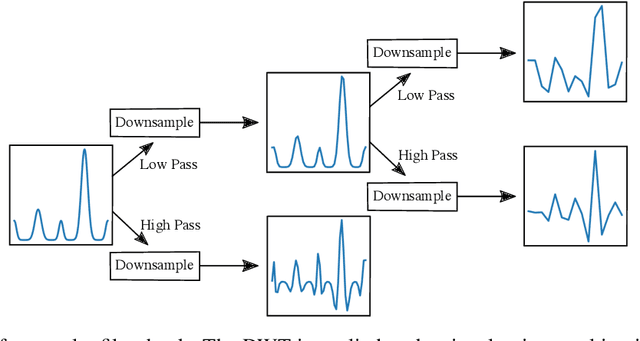Derek DeSantis
Deep Koopman operator framework for causal discovery in nonlinear dynamical systems
May 20, 2025Abstract:We use a deep Koopman operator-theoretic formalism to develop a novel causal discovery algorithm, Kausal. Causal discovery aims to identify cause-effect mechanisms for better scientific understanding, explainable decision-making, and more accurate modeling. Standard statistical frameworks, such as Granger causality, lack the ability to quantify causal relationships in nonlinear dynamics due to the presence of complex feedback mechanisms, timescale mixing, and nonstationarity. This presents a challenge in studying many real-world systems, such as the Earth's climate. Meanwhile, Koopman operator methods have emerged as a promising tool for approximating nonlinear dynamics in a linear space of observables. In Kausal, we propose to leverage this powerful idea for causal analysis where optimal observables are inferred using deep learning. Causal estimates are then evaluated in a reproducing kernel Hilbert space, and defined as the distance between the marginal dynamics of the effect and the joint dynamics of the cause-effect observables. Our numerical experiments demonstrate Kausal's superior ability in discovering and characterizing causal signals compared to existing approaches of prescribed observables. Lastly, we extend our analysis to observations of El Ni\~no-Southern Oscillation highlighting our algorithm's applicability to real-world phenomena. Our code is available at https://github.com/juannat7/kausal.
Dynamic Data Assimilation of MPAS-O and the Global Drifter Dataset
Jan 11, 2023



Abstract:In this study, we propose a new method for combining in situ buoy measurements with Earth system models (ESMs) to improve the accuracy of temperature predictions in the ocean. The technique utilizes the dynamics and modes identified in ESMs to improve the accuracy of buoy measurements while still preserving features such as seasonality. Using this technique, errors in localized temperature predictions made by the MPAS-O model can be corrected. We demonstrate that our approach improves accuracy compared to other interpolation and data assimilation methods. We apply our method to assimilate the Model for Prediction Across Scales Ocean component (MPAS-O) with the Global Drifter Program's in-situ ocean buoy dataset.
Coarse-Grain Cluster Analysis of Tensors With Application to Climate Biome Identification
Jan 22, 2020



Abstract:A tensor provides a concise way to codify the interdependence of complex data. Treating a tensor as a d-way array, each entry records the interaction between the different indices. Clustering provides a way to parse the complexity of the data into more readily understandable information. Clustering methods are heavily dependent on the algorithm of choice, as well as the chosen hyperparameters of the algorithm. However, their sensitivity to data scales is largely unknown. In this work, we apply the discrete wavelet transform to analyze the effects of coarse-graining on clustering tensor data. We are particularly interested in understanding how scale effects clustering of the Earth's climate system. The discrete wavelet transform allows classification of the Earth's climate across a multitude of spatial-temporal scales. The discrete wavelet transform is used to produce an ensemble of classification estimates, as opposed to a single classification. Using information theory, we discover a sub-collection of the ensemble that span the majority of the variance observed, allowing for efficient consensus clustering techniques that can be used to identify climate biomes.
 Add to Chrome
Add to Chrome Add to Firefox
Add to Firefox Add to Edge
Add to Edge